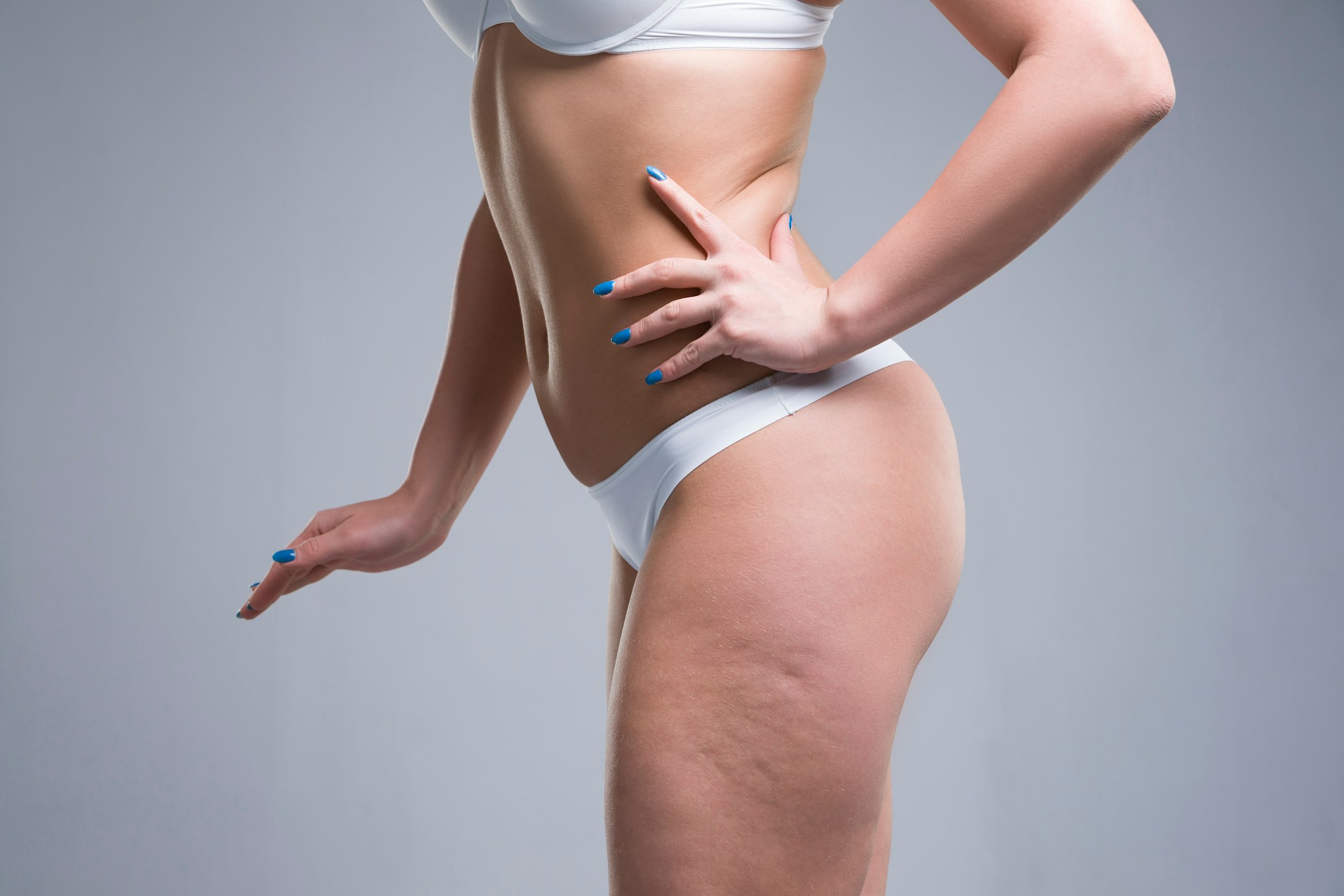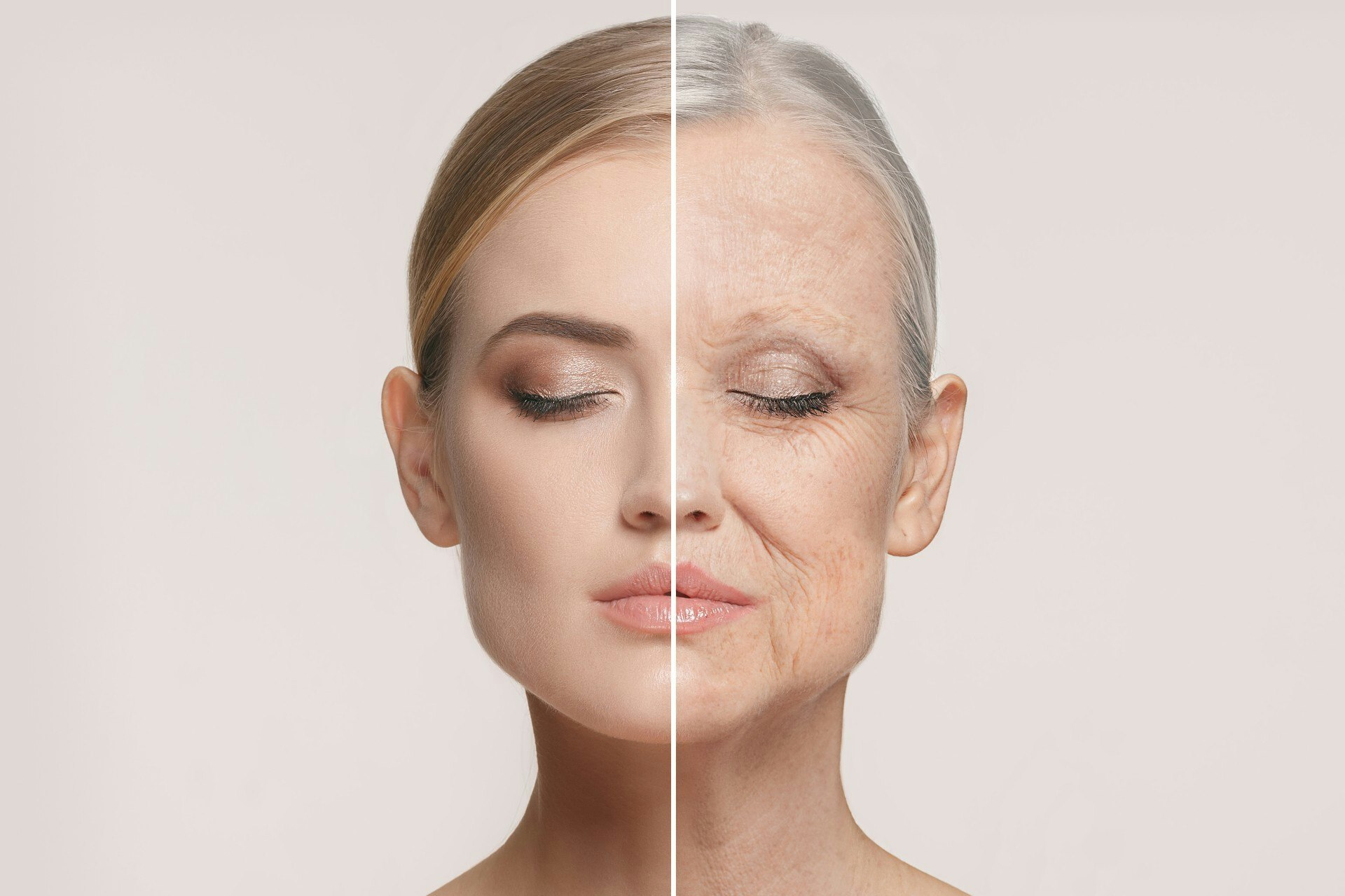Lifestyle/Nutrition
What Causes Cellulite & Where Is It Most Common?

Cellulite is a common cosmetic concern that affects many individuals, particularly women. It is characterized by the appearance of lumpy or dimpled skin on the thighs, hips, buttocks, or abdomen.
While cellulite is not a severe medical condition, it can cause self-consciousness and affect self-esteem.
Many people attempt to improve the appearance of cellulite through weight loss, exercise, deep massaging, and creams marketed as effective solutions. Minimally invasive cellulite treatment options exist for those seeking a more proven solution.
In this article, we will explore the causes of cellulite and where it is most commonly found. Understanding these factors can help individuals make informed decisions about prevention and treatment options.
What is Cellulite?
Before delving into cellulite's causes and common locations, let's first understand what cellulite is. Cellulite refers to the subcutaneous layer of fat that pushes against the connective tissue beneath the skin, causing a dimpled or "orange peel" appearance. It can affect people of all body types, including lean or at their ideal body weight.
Symptoms of Cellulite
Cellulite looks like bumpy or uneven skin. It is sometimes described as resembling cottage cheese or orange peel and is most common in women.
If you have mild cellulite, you may have to squeeze the skin to see the dimples. In more severe cases, the skin looks lumpy and uneven with areas of peaks and valleys.
Causes of Cellulite
Little is understood about the actual cause of cellulite causes. The fibrous bands link the skin to the underlying muscles, and fat lies between them. Fat cells press against the skin as they accumulate while the long, tight cords pull downward. This creates an uneven surface or pits.
Hormonal factors play a major role in the development of cellulite, and genetics largely dictate skin texture, structure, and body type. Other factors, such as weight and musculature, also affect cellulite, although even very fit people can have it.
Below, we'll review the factors that can cause cellulite and explore how they contribute to the condition.
Hormonal Factors
One of the primary factors contributing to cellulite development is hormonal changes. Hormones such as estrogen, insulin, thyroid hormones, and prolactin play a role in cellulite formation. These hormones can affect the metabolism, circulation, fat distribution, and connective tissue structure in the body, leading to the appearance of cellulite.
Genetic Predisposition
Genetics also plays a major part in the development of cellulite. Specific genes may influence how a person's body stores fat, circulates blood and distributes connective tissue. If your parents or close relatives have cellulite, there is a higher likelihood that you may also develop it.
Lifestyle Factors
While genetics and hormones contribute to the development of cellulite, lifestyle factors can exacerbate its appearance. Poor diet, lack of exercise, smoking, and elevated stress levels can all contribute to the formation and progression of cellulite. These factors can negatively impact blood flow, collagen production, and fat metabolism, making cellulite more noticeable.
Dietary Choices
A healthy and wholesome diet is crucial for overall well-being, including preventing and reducing cellulite. Consuming a diet high in processed foods, refined sugars, and unhealthy fats can contribute to weight gain and the storage of fat cells, worsening the extent of cellulite. On the other hand, a diet rich in fruits, vegetables, lean proteins, and whole grains can support a healthy weight and improve the skin's texture.
Lack of Physical Activity
Regular physical activity is vital in maintaining a healthy weight, improving circulation, and toning the muscles. Weak muscles cannot adequately support the skin and connective tissues, leading to cellulite formation. Activities like strength training, cardio exercises, and yoga can help with cellulite reduction by improving muscle tone and blood flow.
Smoking and Cellulite
Smoking poses numerous health risks and can contribute to the development of cellulite. The toxins in cigarette smoke can damage the connective tissues, impair blood flow, and decrease collagen production. Such elements make the skin more susceptible to developing cellulite. Quitting smoking can positively impact overall health and may help reduce the visibility of cellulite.
Stress and Cellulite
Chronic stress can disrupt the body's hormone balance and contribute to the development of cellulite. When we experience stress, our bodies release cortisol, promoting fat storage and affecting the skin's elasticity. Finding healthy ways to manage stress, such as practicing meditation, yoga, or engaging in hobbies, can help reduce the impact of stress on cellulite formation.
Common Areas for Cellulite
Now that we have covered some of the underlying causes of cellulite, let's explore the common areas where cellulite is most frequently found on the body.
Thighs
The thighs are one of the most common areas where cellulite occurs. The accumulation of fat cells, combined with the structure of connective tissues in this region, can lead to the appearance of cellulite. The thighs' front and back can be affected, causing a dimpled or uneven texture.
Buttocks
Cellulite is also commonly found on the buttocks. The buttocks are prone to cellulite due to the high concentration of fat cells and the unique arrangement of connective tissues. The dimpling effect can be particularly noticeable in this area, especially when sitting or squeezing the muscles.
Hips
The hips, including the outer thighs and hip region, are another common location for cellulite. The distribution of fat cells and the network of connective tissues in this area contribute to the development of cellulite. The appearance of cellulite on the hips can vary, ranging from mild dimpling to more pronounced lumps.
Abdomen
While cellulite is most commonly associated with the lower body, it can also affect the abdominal area. The abdomen can develop cellulite due to factors such as weight gain, hormonal changes, and genetic trends. Cellulite on the stomach may be more prevalent in individuals with excess belly fat.
Arms
Although less common than in the lower body, cellulite can also appear on the arms. The upper arms, particularly the back of the arms, may exhibit cellulite due to factors such as aging, loss of skin tightness, and muscle tone. Fluctuations in weight and hormonal changes can also contribute to cellulite formation in this area.
Breasts
Cellulite can occasionally occur on the breasts, although it is less common than in other regions. Cellulite on the breasts can be attributed to weight gain, hormonal changes, and genetic predisposition. It is important to note that cellulite on the breasts does not indicate breast cancer or any serious medical condition.
Other Areas
While the areas mentioned above are the most common sites for cellulite, it is essential to recognize that cellulite can also develop on other parts of the body. These may include the lower legs, knees, ankles, and even the neck. The occurrence and severity of cellulite in these areas can vary among individuals.
AirSculpt® Smooth Is The Optimal Treatment
AirSculpt® Smooth is a minimally invasive procedure that doesn't use scalpels, stitches, needles, or general anesthesia to get rid of cellulite. This technique skips many of the risks associated with traditional invasive surgery.
AirSculpt® Smooth is the product of a partnership between AirSculpt and the Avéli device, which seamlessly unhooks the septa bands that form the cellulite dimples on the lower body.
AirSculpt® Smooth is a heat-free procedure coupled with patented body fat removal technology. Patients can simultaneously slim down areas of their bodies while reducing the appearance of cellulite.
Call the body sculpting office nearest you to schedule your free virtual or in-person consultation.
AIRSCULPT® YOUR DREAM FIGURE


